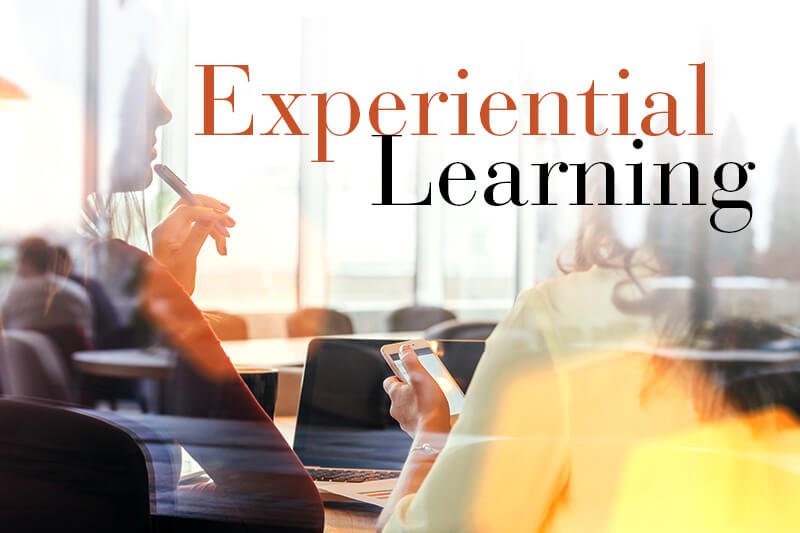How Augmented Reality Makes Learning Real-World Relevant
3 minutes to read

Introduction
Augmented reality (AR) is a revolutionary technology that has changed how we learn. By overlaying digital data in the real world, AR creates an immersive and interactive experience that can enhance the overall learning process. With technological advancements in education and training, the use of AR is becoming more prevalent every day.The integration of AR in education is not just a trend but a significant step towards modernizing learning methodologies. Let’s dive in to understand more about Augmented Reality.
-
Understanding Augmented Reality:
Augmented reality is quite different from virtual reality. AR enhances the real world with digital elements rather than creating a brand-new world like virtual reality. The basic technology behind AR includes cameras, sensors, and display systems that work together to overlay digital data onto the physical world. Smartphones, tablets, and AR glasses are common devices used for an AR experience. -
Enhancing Practical Skills:
AR provides a hands-on approach to training, which helps in the development of practical skills by recreating real-life situations. For instance, medical students can use it to practice surgical procedures in a risk-free environment. This allows theoretical knowledge to be applied to practical applications without the weight of severe consequences. -
Bridging the Gap Between Theory and Practice:
Augmented Reality makes abstract concepts tangible and easier to understand. For example, educational tools like anatomy apps allow students to visualize and work with 3D models of the human body. This approach makes it easier for learners to grasp complex theories and processes, enhancing retention. -
Interactive and Immersive Learning Experiences:
The interactive nature of Augmented Reality makes learning fun and engaging. AR steps away from traditional book-based approaches to educational games and applications, such as those that allow students to explore historical events or solve complex mathematical problems in a gamified setting. This makes learning an active experience and promotes a deeper understanding of concepts by learners. -
Real-World Problem Solving:
Augmented Reality can be used to teach problem-solving skills by presenting real-world challenges for learners to solve. For instance, AR scenarios in environmental science classes can simulate issues like pollution, tasking students with finding sustainable solutions. This approach helps foster critical thinking and analytical skills. -
Personalized Learning Pathways:
AR can provide individualized learning experiences to suit individual needs. Personalized experiences mean varied paces and styles of learning, adapting to the learner’s progress and feedback. This customized educational experience ensures an optimal learning curve. For example, language learning apps can adjust the difficulty level of exercises based on user performance.
Conclusion:
In conclusion, as AR continues to evolve, its potential to reshape education is limitless. It is a powerful tool for making learning a practical experience. It creates an interactive experience that enhances real-life problem-solving abilities and information retention. Educators and trainers should explore AR as a way to transform their learning environments and engage learners in a more dynamic and interactive way.
Ready to revolutionize your teaching methods? Dive into the world of Augmented Reality and make learning more engaging and relevant with Zilliobit.
Ready to revolutionize your teaching methods? Dive into the world of Augmented Reality and make learning more engaging and relevant with Zilliobit.
EXPLORING AUGMENTED REALITY FOR ENHANCED LEARNING?
Let’s Talk


